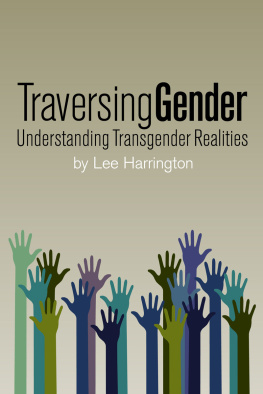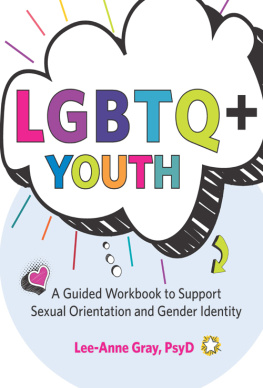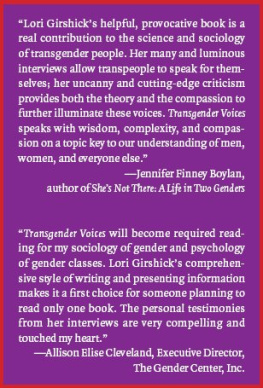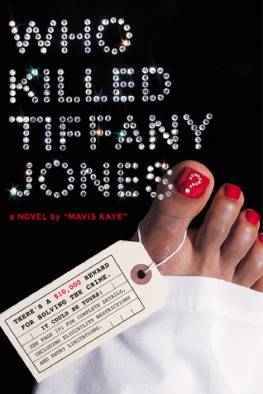Glossary
Note: This glossary was compiled to offer a starting point for discussing words with the transgender youth readers serve. Some definitions first featured in previous publications (Jones et al. , 2015).
Androgynous: Can mean having both masculine and feminine characteristics, or having neither specifically masculine nor feminine characteristics.
Binder/Binding: Binding involves flattening/de-emphasising ones chest tissues using a binder. Binders can range from a generic piece of loose cloth / rag, which is tied or wrapped around the chest and held in place with a clip or fastening, through to specially designed and commercially available materials, vests, compression tops or singlets. Binding should not involve Ace bandages or duct tape, and should not be engaged in for more than 812 hours at a time.
Bisexual or Bi: Refers to people whose sexual and romantic feelings are for both men and women, and who identify with these feelings.
Blockers: See Puberty blockers.
Bottom surgery: Can involve, for example, sterilisation, hysterectomy, bilateral salpingo-oophorectomy (BSO) and/or genital reconstructive procedures (GRP).
Chest surgery: Can involve reduction (the surgical reduction in size/amount of the chest tissue), mastectomy (surgical removal of one or both breasts/chest tissue, partially or completely), chest contouring/reconstruction (giving the chest a male aesthetic through implants, sculpturing of tissue, tattooing, etc.), breast implants or related surgeries.
Chests: Male, female and other peoples chest areas or breasts. An inclusive term.
Cisgender: Describes gender identity where an individuals self-perception of their gender matches the sex they were assigned at birth. For example, a cisgender male was assigned male at birth, and this label fits his gender identity.
Cisnormativity: The expectation and assumption that people only have gender identities which align with their sex as allocated at birth, or that only these people are normal or worthy to be catered for in service provision.
Cissexism: Discrimination based on the assumption that transgender people are inferior to, or less authentic than, cisgender people.
Depo-Provera/depot medroxyprogesterone acetate/DMPA: Can be used to reduce or eliminate menses/menstruation, generally injected every three months.
FtM/F-M/F2M: See Transgender FtM.
Gametes: Reproductive cell material, e.g. ova and spermatoza. An inclusive term.
Gay: People whose sexual and romantic feelings are primarily for the same sex and who identify primarily with those feelings.
Gender dysphoria: A medical diagnosis related to transgender people in the DSM-V, which refers to extreme discontent with the assigned sex allocated to an individual at birth.
Gender identity: The gender-related identity, appearance or mannerisms or other gender-related characteristics of an individual (whether by way of medical intervention or not, socialisation or alternative expression), with or without regard to the individuals designated sex at birth, and includes transsexualism and transgenderism.
Gender Identity Disorder/GID: An old medical diagnosis for transgender people used in the DSM-IV and since replaced with gender dysphoria (which is seen as less stigmatising).
Genderqueer: People who do not comply with their traditional gender expectations through their dress, hair, mannerisms, appearance and values.
Genital reconstructive procedures (GRP): Various procedures which construct a vagina or a phallus (e.g. metoidioplasty, phalloplasty, vaginoplasty and other options).
Genitals/genitalia: Can include penises, vaginas, and other variations. An inclusive term.
Gonads: Can include ovaries, testes, ovo-testes and other variations. An inclusive term.
Homophobia: An individuals or societys misunderstanding, fear, ignorance of, or prejudice against gay, lesbian and/or bisexual people.
Homosexual: People whose sexual and romantic feelings are primarily for the same sex and who identify primarily with those feelings. People who feel this way often identify as gay or lesbian.
Hysterectomy: Surgical removal of the uterus.
Intersex status: The status of having physical, hormonal or genetic features that are:
neither wholly female nor wholly male; or
a combination of female and male; or
neither female nor male.
Lesbian: Women whose sexual and romantic feelings are primarily for other women and who identify with those feelings.
LGBTIQ: Lesbian, gay, bisexual, transgender, intersex and otherwise questioning (people).
Hormone Therapy/Hormone Replacement Therapy/HRT: For transgender and transsexual people this form of treatment introduces hormones associated with the gender that the patient identifies with (e.g. testosterone for FtM transgender individuals). The treatment causes the development of secondary sex characteristics, although impacts vary. Hormones may be delivered via injections, transdermal applications (patches, creams, gels), subcutaneous pellets (inserted under the skin every few months), orally (as tablets), or sublingual/buccal form (absorbed through the mouth mucus rather than eaten as such). Androgens, pro-hormones or supplements also might or might not be part of a treatment plan.
Mastectomy: The medical term for the surgical removal of one or both breasts, partially or completely.
MtF/M-F/M2F: See Transgender MtF.
Packing/padding: Wearing padding in a bra or pants, or a phallic object (can be a specially designed packer/phallus), to create the desired body contour effect.
Pansexual or Omnisexual: Refers to people whose sexual and romantic feelings are for all genders; this rejects the gender binary of male/female and asserts that there are more than two genders or gender identities. These are terms that consider the gender diverse community.
Prosthetic: A medical term for an artificial device that replaces a body part that is missing.
Puberty blockers: Non-testosterone-based hormone treatment (GnRH agonists) used to suspend the advance of sex steroid induced and thus block pubertal changes (and secondary sex characteristics) from occurring/developing further for a period of time. No changes in terms of transition to the desired sex/gender identity occur; this measure is generally understood to be preparation for transitions/decisions around transitions, rather than a transition process itself.
Queer: Queer is an umbrella term used to refer to the LGBT community in pride, inclusivity and sometimes even a kind of political subversiveness (a resistance to normative identity).
Sex: The physiological make-up of a person. It is commonly expressed as a binary and used to divide people into males and females. However, in reality, sex is a complex relationship of genetic, hormonal, morphological, biochemical and anatomical differences. These various differences impact both the physiology of the body and the sexual differentiation of the brain.
Sexual orientation: The direction of ones sexual and romantic attractions and interests towards members of the same, opposite or both sexes, or all genders.











